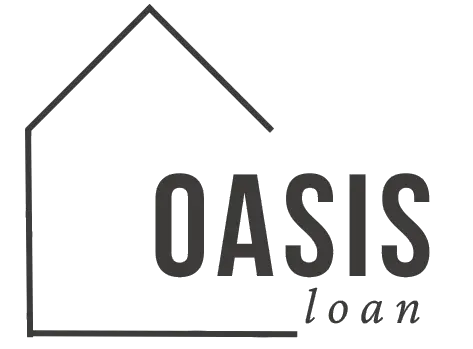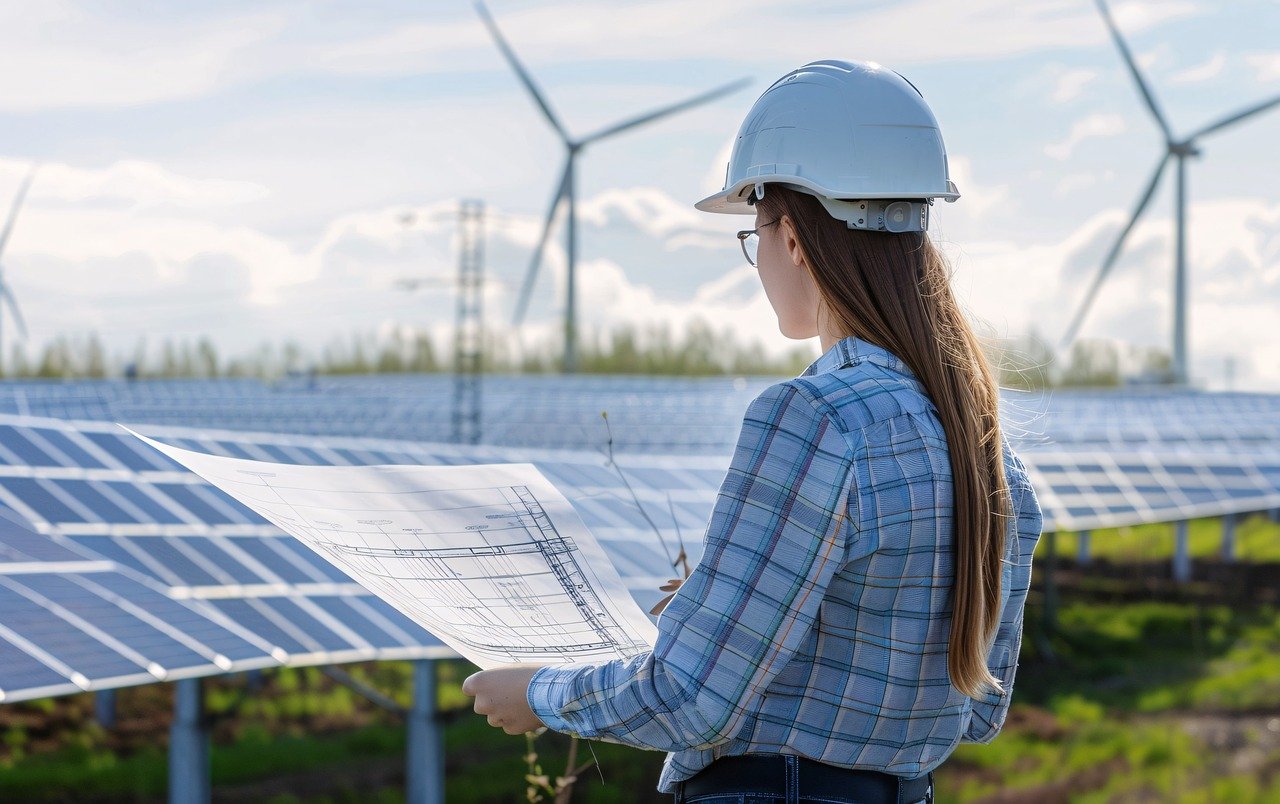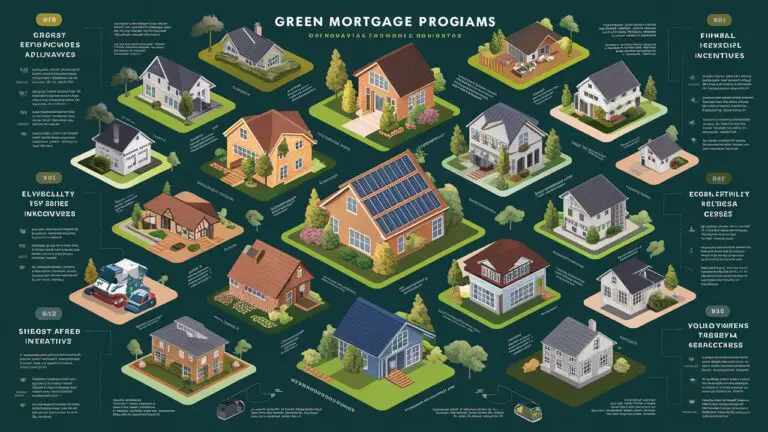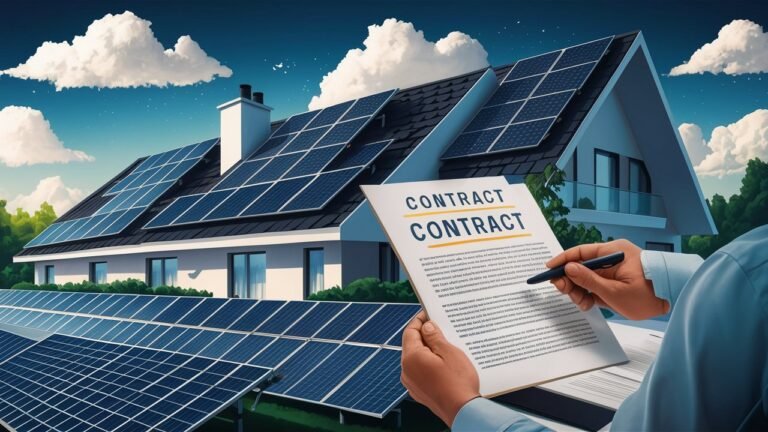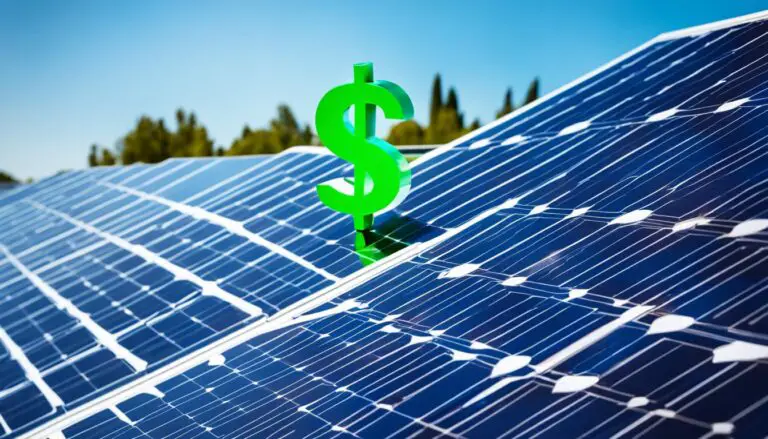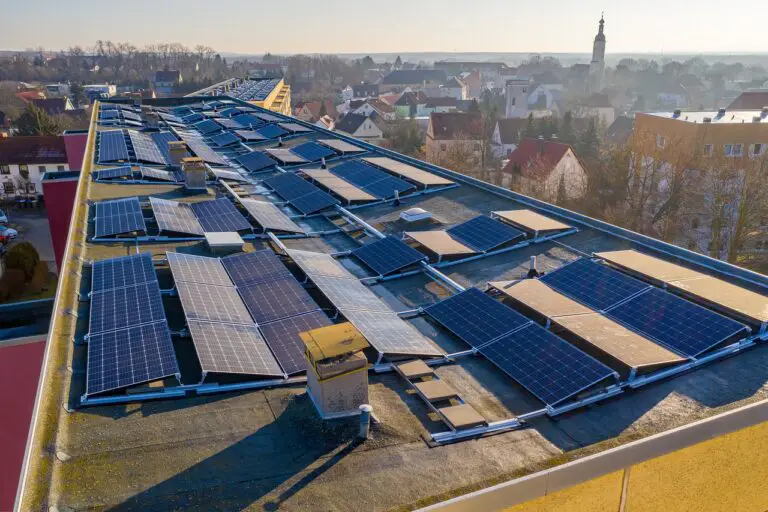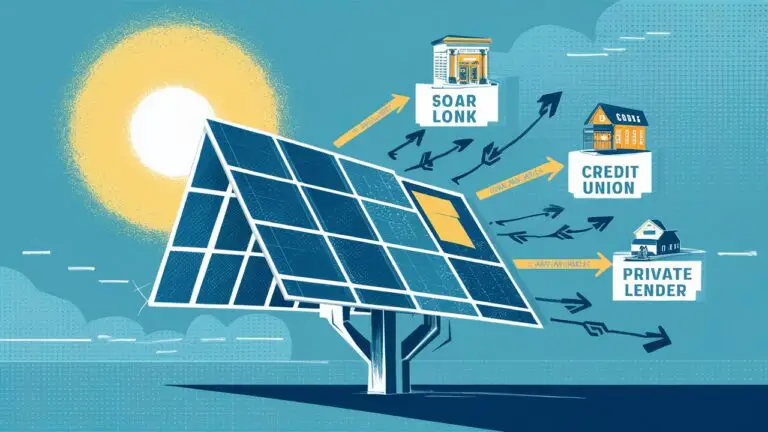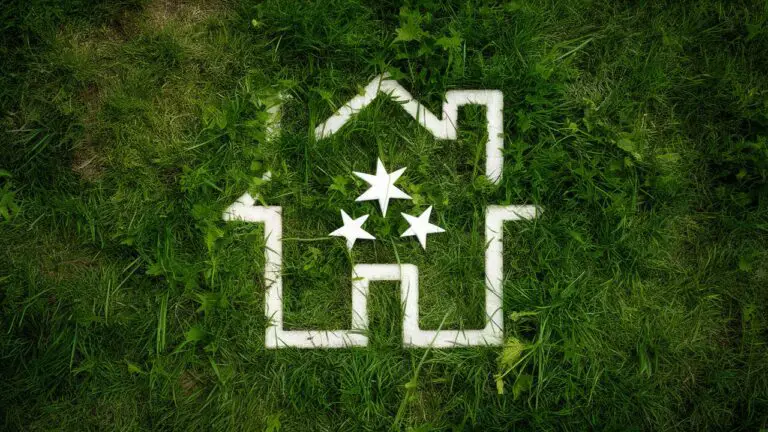How to Apply for an FHA 203(k) Loan for Energy-Efficient Upgrades
Are you considering upgrading your home to be more energy-efficient? An FHA 203(k) loan might be the perfect solution. This loan program is designed to help homeowners finance both the purchase of a home and the cost of its renovation with a single mortgage. In this guide, we’ll walk you through the steps to apply for an FHA 203(k) loan, particularly for energy-efficient upgrades like solar panels and other green home improvement loans.
Understanding the FHA 203(k) Loan
What is an FHA 203(k) Loan?
The FHA 203(k) loan is a government-backed mortgage that allows you to borrow money for both purchasing a property and making necessary repairs or improvements. This can include energy-efficient upgrades, which are increasingly popular among homeowners looking to reduce their carbon footprint and save on utility bills.
The FHA 203(k) program includes two types of loans: Standard and Limited. The Standard 203(k) is for more extensive renovations, while the Limited 203(k) is suitable for smaller projects, such as adding solar panels.
Benefits of an FHA 203(k) Loan
1. Flexible Funding Options: You can use the funds for a wide range of upgrades, including energy-efficient improvements like installing solar panels**.
2. Single Loan, Single Payment**: Instead of taking out multiple loans for purchasing and renovating, you can consolidate everything into one loan with a single monthly payment.
3. Lower Down Payment**: FHA loans typically require a lower down payment compared to conventional loans, which can make it easier to qualify.
Preparing to Apply for an FHA 203(k) Loan
Check Your Eligibility
Before applying, make sure you meet the eligibility requirements. Generally, you need to:
- Have a credit score of at least 500 to 580, depending on the loan type.
- Demonstrate sufficient income to cover the loan payments and any additional costs.
- Plan to use the property as your primary residence.
For more detailed information on eligibility, you can refer to the U.S. Department of Housing and Urban Development (HUD) website.
Estimate Your Costs
You will need a comprehensive estimate of the renovation costs. For energy-efficient upgrades, this should include:
- Cost of materials and labor for installing solar panels.
- Cost of energy audits and any other assessments required.
Obtaining accurate estimates will help in determining how much you need to borrow and ensure that your project stays within budget.
Find a Qualified Contractor
To apply for an FHA 203(k) loan, you must work with a contractor who is approved by the FHA. It’s important to:
- Verify the contractor’s credentials and experience with energy-efficient projects.
- Obtain detailed bids for your planned upgrades.
A reliable contractor will help ensure that the work is completed to FHA standards, which is crucial for loan approval.
Applying for the FHA 203(k) Loan
Gather Necessary Documents
When applying for the FHA 203(k) loan, you’ll need to provide several documents, including:
- Proof of income (pay stubs, tax returns, etc.)
- Credit report
- Details of the proposed renovation (including cost estimates and contractor information)
Ensure all documents are current and complete to avoid delays in the application process.
Submit Your Application
Once you have all your documents ready, submit your application through an FHA-approved lender. The application process typically involves:
- Filling out the necessary forms.
- Providing the required documentation.
- Paying any applicable fees.
The lender will then review your application and determine if you qualify for the loan.
Post-Approval Steps
Begin Renovations
Upon approval, the loan funds will be disbursed according to the renovation plan. It’s crucial to:
- Keep track of expenses and ensure that the renovations are completed as outlined.
- Schedule inspections as required by the FHA to verify that the work meets standards.
Finalize the Loan
After the renovations are complete, you will need to finalize the loan with the lender. This includes:
- Submitting final documentation of completed work.
- Ensuring all payments to contractors and suppliers are processed.
Common Mistakes to Avoid
Overestimating Costs
One common mistake is overestimating renovation costs, which can lead to borrowing more than necessary. To avoid this, ensure that all estimates are accurate and reflect current market conditions.
Choosing an Unqualified Contractor
Working with a contractor who isn’t familiar with FHA requirements can lead to delays and issues with loan approval. Always verify credentials and experience.
Neglecting to Include All Costs
Make sure to include all potential costs in your renovation plan, including unexpected expenses. This helps secure the right loan amount and avoid financial shortfalls.
Conclusion
Applying for an FHA 203(k) loan for energy-efficient upgrades can be a great way to enhance your home’s sustainability while enjoying the benefits of a single, consolidated loan. By following the steps outlined above and avoiding common pitfalls, you can successfully secure financing for your green home improvement projects.
For further details, check out these helpful resources:
- HUD’s FHA 203(k) Loan Program Overview
- Energy.gov’s Guide to Home Energy Upgrades
- National Renewable Energy Laboratory’s Solar Energy Basics
